In agriculture, you need machines that are reliable and tough. Farmers and professionals in agriculture are always looking for tractors that they can depend on to help them get their work done. That’s why the tractor is the backbone of modern farming.
Tractors are complex machines that are used for a wide variety of farming tasks. They have many different parts, including the engine, transmission, hydraulics, suspension, controls, tires and frame, cab, electrical system, and additional tools. Each part of the tractor is important to make sure it is efficient, durable, and can do many different jobs on the farm.
If you understand how tractors are built and how they work, you can use them better and take care of them better. In this article, we’ll look at the main parts of a tractor.
Contents
- 1 Engine: The Heart of the Tractor
- 2 Transmission: Power and Speed
- 3 Hydraulics: The Workhorse of the Attachments
- 4 Suspension: Comfort and Stability
- 5 Controls: Easy to Use and Precise
- 6 Tires and Frame: Mobility and Durability
- 7 Cab: Where the Operator Works
- 8 Electrical System: The Brain of the Tractor
- 9 Additional Tools: More Things You Can Do
- 10 Data and Statistics: Making Better Decisions
- 11 Conclusion
Engine: The Heart of the Tractor
The engine is the power plant of the tractor. It makes everything else work. Most tractors use diesel engines because they have a lot of torque and they are fuel efficient.
- Horsepower
Today’s tractors can have anywhere from 40 to over 500 horsepower (HP). For example, some series of tractors have engines that range from about 70 HP to 350 HP. That’s a big range, and it covers a lot of different farming needs.
- Torque
You need a lot of torque to do big jobs. Some tractor engines can put out as much as 1500 Newton meters (Nm) of torque. That’s a lot of power to get the job done, even in tough conditions.

Transmission: Power and Speed
The transmission takes the power from the engine and makes the tractor move. It also lets you change the speed and the amount of power you need.
- Types of Gears
You can get tractors with manual transmissions, semi-automatic transmissions, and fully automatic transmissions. Some of the more advanced transmissions have 24 gears going forward and 24 gears going in reverse. That gives you a lot of flexibility for different jobs.
- Power Shift Transmissions
These transmissions let you shift gears without stopping the tractor. That makes it easier to get the job done.

Hydraulics: The Workhorse of the Attachments
The hydraulics on a tractor make the attachments and implements work. You can use hydraulics to run things like plows and loaders.
- Flow and Pressure
Modern tractors have high flow rates (up to 150 liters per minute) and high pressures (up to 250 bar) to make sure the hydraulic tools work well.
- Multiple Hydraulic Ports
You can have more than one hydraulic tool working at the same time because you have more than one hydraulic port. That makes the tractor more versatile.
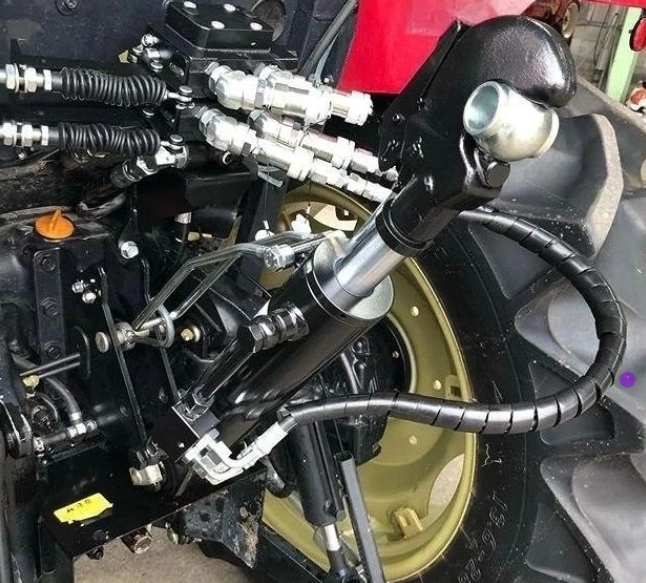
Suspension: Comfort and Stability
The suspension on a tractor is important for the comfort of the operator and for the stability of the machine.
- Front Axle Suspension
This helps reduce vibrations and gives you better traction. Some of the newer suspension systems let the front axle move up and down as much as 10 centimeters. That helps keep the tractor stable when you’re working on rough ground.
- Cab Suspension
This helps reduce operator fatigue by absorbing shocks and vibrations. That’s important when you’re working long hours.
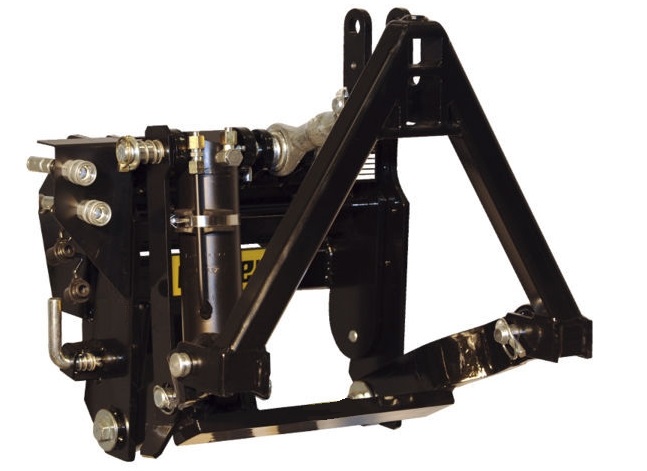
Controls: Easy to Use and Precise
Tractors today have advanced control systems that make them easy to use and help you get the job done right.
- Electronic Control Units (ECUs)
These control many different things on the tractor, from how the engine runs to how the transmission works. They help make sure the tractor is running as efficiently as possible.
- GPS and Autosteer Systems
These systems use GPS technology to help you steer the tractor in the field. They help you stay on the right path and make sure you don’t overlap your work.
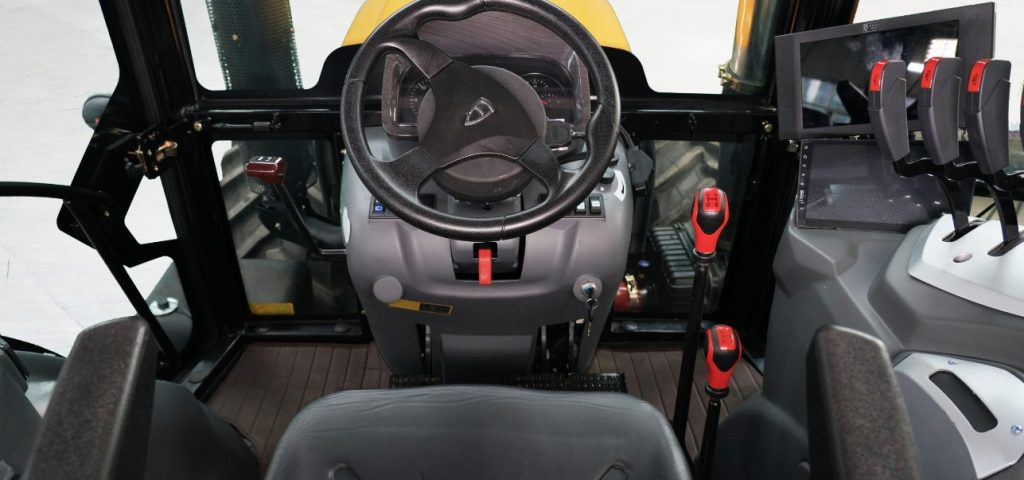
Tires and Frame: Mobility and Durability
The tires you use and the way the frame is designed can make a big difference in how well your tractor works.
Types of Tires
You can get radial tires and bias-ply tires. Radial tires give you better traction and they last longer; At the same time, the maintenance and upkeep of tires are also very important.
The Frame: You need a strong frame to handle heavy loads. High-strength steel is used to make the frame strong and stable.
Cab: Where the Operator Works
The cab of a tractor is designed to be a comfortable and safe place for the operator to work.
- Comfort: Modern cabs have things like adjustable seats, controls that are easy to use, and good visibility.
- Climate Control: You can have air conditioning and heating in the cab. That makes it comfortable no matter what the weather is like outside.
- Safety: You need to have a roll-over protection structure (ROPS) and seat belts to make sure the operator is safe.
Electrical System: The Brain of the Tractor
The electrical system on a tractor controls everything from the lights to the more advanced control systems.
- Battery and Alternator: You need a good battery and a good alternator to make sure all the electrical parts work right.
- Lighting: You can use LED work lights to make sure you can see what you’re doing when you’re working at night.
Additional Tools: More Things You Can Do
Tractors can do many different jobs because you can use different tools on them.
- Front-End Loaders
These are used to lift and move things. You can get loaders that can lift as much as 2000 kilograms (kg).
- Plows and Harrows
These are used to get the soil ready for planting. You can get plows and harrows that are built to last and that work well. Some of them can work as wide as 4 meters.
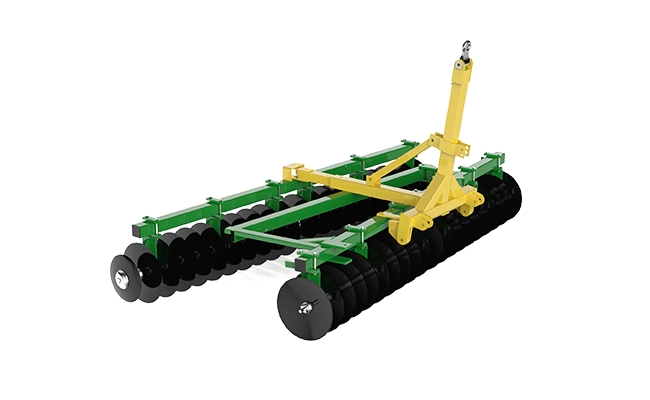
Data and Statistics: Making Better Decisions
Using data to make decisions is the future of farming. You can use sensors and computers to help you know how your machines are working and what’s going on in your fields.
- Telematics Systems
These let you know how your tractor is working and what kind of maintenance it needs. You can get this information from far away.
- Field Data Management
You can collect and analyze data to help you do a better job on your farm and get more out of your fields.
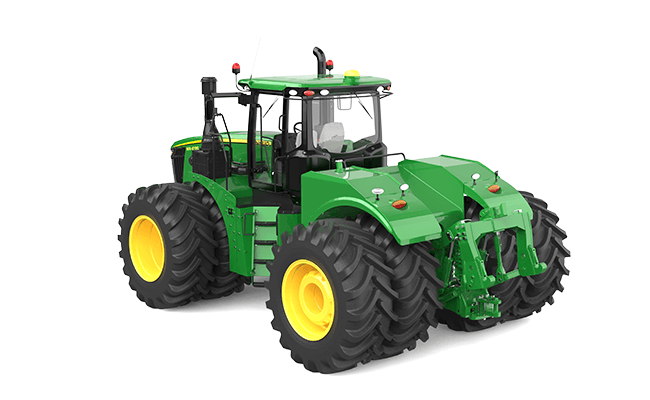
Conclusion
Knowing how a tractor is built and what it can do is important when you’re thinking about buying one or using one. When you buy a tractor, you’re buying a machine that is built to last and that can do many different jobs on your farm. When you choose the right tractor, you’re choosing a machine that is built to be tough, efficient, and versatile. That means you can get more done and be more successful in your farming.
Minnuo as a company with 36 years of tractor manufacturing and sales experience, our cost-effective tractors have been exported to more than 100 countries and regions. Choose Minnuo farm machinery, choose a good farm tractor manufacturer, we win the harvest together with you!

